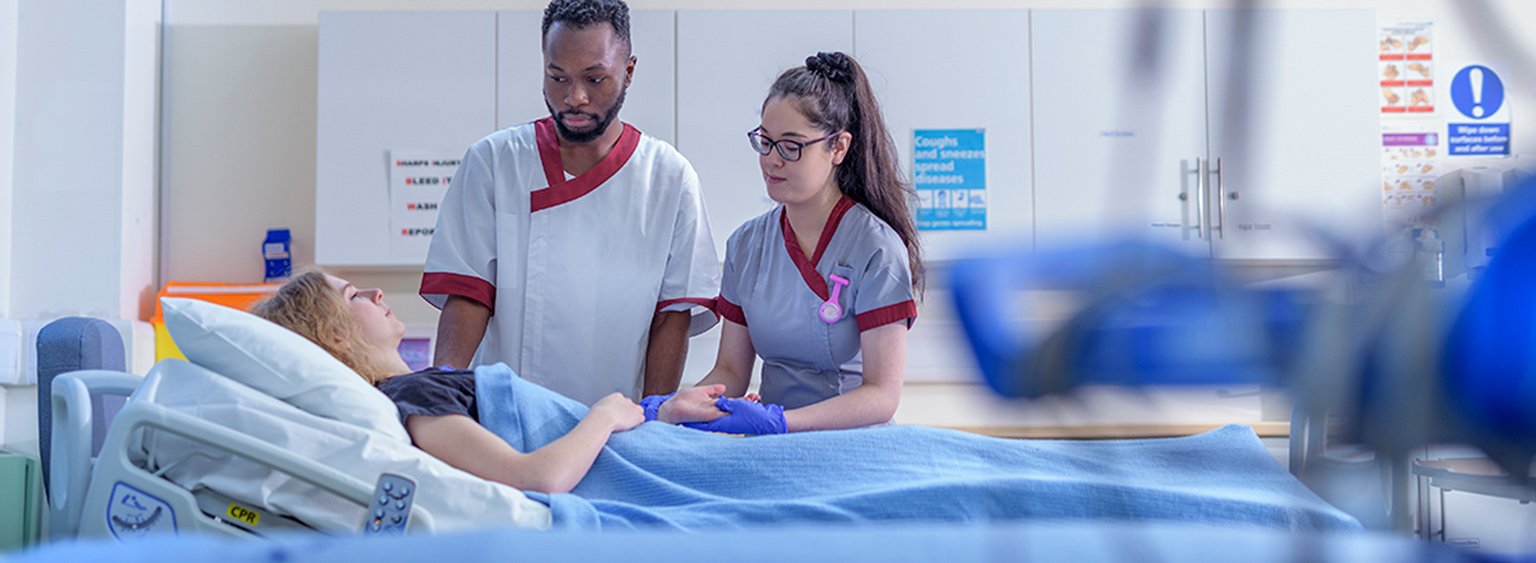How to Stay Calm and Focused During a Code Blue
In the world of healthcare, few moments are as high-stakes and adrenaline-charged as a Code Blue. For Patient Care Technicians (PCTs), hearing that call over the intercom can trigger a flood of emotions—anxiety, urgency, even fear. But staying calm and focused in these moments is not only essential for your own effectiveness, it’s critical for the survival and safety of the patient.
Whether you’re new to the role or a seasoned professional, here’s how you can mentally and physically prepare yourself to stay composed and purposeful during a Code Blue.
Know Your Role
Before the crisis ever happens, it’s essential to understand exactly what your responsibilities are during a Code Blue. This may vary depending on your facility, but PCTs are often expected to:
-
Retrieve the crash cart or equipment
-
Perform CPR (if certified and directed)
-
Help clear the area
-
Provide patient history or vital signs if requested
-
Assist in repositioning the patient
-
Comfort family members (when appropriate)
Tip: Ask your supervisor if your unit has a clearly defined Code Blue protocol for PCTs. Familiarity reduces panic.
Train Like It’s Real
Mock codes save lives. Regular simulation drills can help desensitize you to the shock of the situation while building muscle memory. Participate fully and take them seriously.
Bonus Tip: After every drill or real event, take part in the debrief. It’s your chance to ask questions and improve.
Breathe Before You Move
When the call comes in, your instinct may be to rush. But taking just two deep breaths before acting can center your mind and prevent tunnel vision. A calm body fosters a calm brain.
Repeat this phrase to yourself if panic rises: “Stay present. One task at a time.”
Focus on Tasks, Not the Outcome
During a Code Blue, the patient’s condition is critical. But your job is not to control the outcome—it’s to carry out your tasks with precision. Anchor yourself in action:
-
If your job is to get the crash cart, focus on that.
-
If you’re asked to do compressions, count and breathe steadily.
-
If someone gives you a command, repeat it back to confirm.
Thinking about the “what ifs” is distracting. Stay grounded in the now.
Communicate Clearly
High-stress environments often lead to miscommunication. Use clear, concise language, and avoid shouting unless absolutely necessary. If you don’t understand something, ask calmly.
Use these phrases:
-
“Copy that.”
-
“Do you want me to do [specific task] now?”
-
“Vitals were [insert info], last taken at [time].”
Let Training and Teamwork Guide You
You are not alone in a Code Blue. Trust your team. Nurses, doctors, respiratory therapists, and PCTs all have their roles, and collaboration saves time and lives.
If someone is leading the code, defer to their direction. Avoid overstepping, but speak up if you see something urgent or unsafe.
Debrief and Reflect
After the Code Blue ends, allow yourself time to process. Even when outcomes are positive, these moments can take a toll.
-
Attend post-event debriefs
-
Journal how you felt and what you learned
-
Don’t hesitate to speak with a supervisor or mental health counselor
You’re human. Processing these events is part of being a great caregiver.
Staying calm during a Code Blue doesn’t mean you won’t feel afraid or overwhelmed—it means you can acknowledge those feelings without letting them take control. Through preparation, focus, and teamwork, you can perform with clarity and confidence when it matters most.
Being a Patient Care Technician means being there in life’s most vulnerable moments. That’s no small task—but your calm presence might be the very thing that makes the difference.



